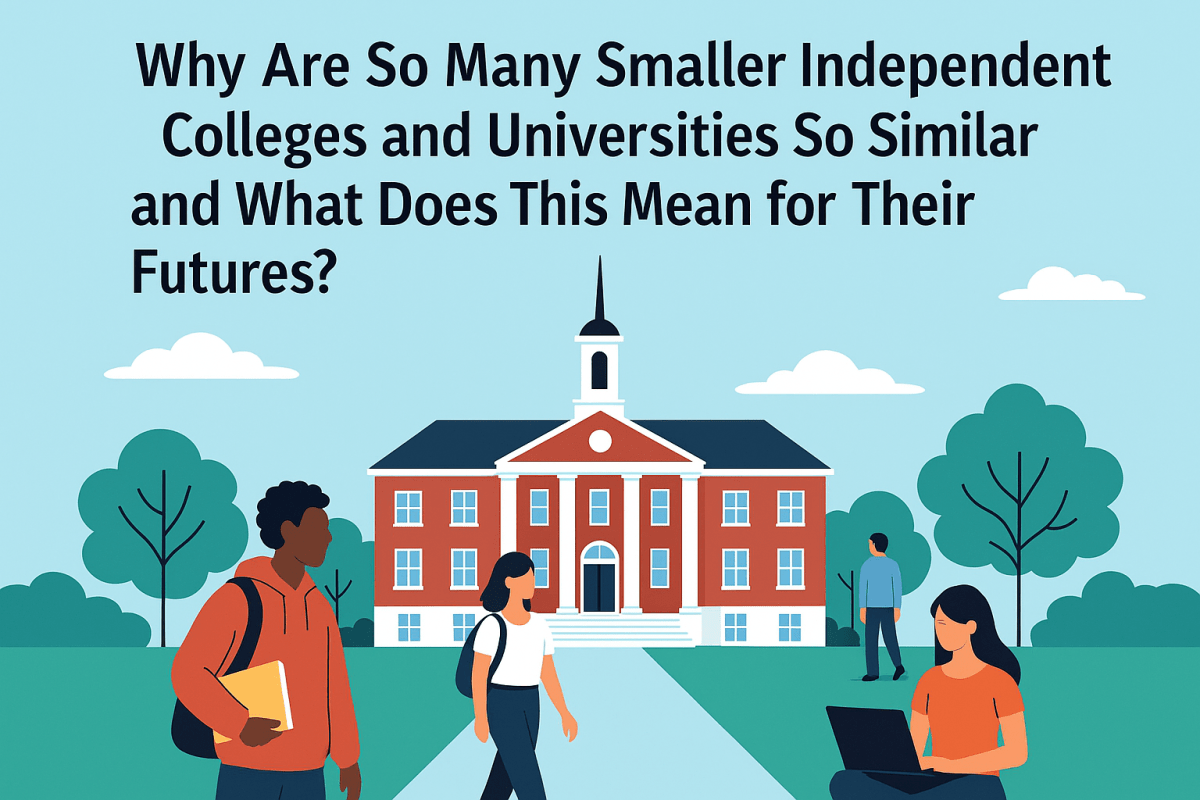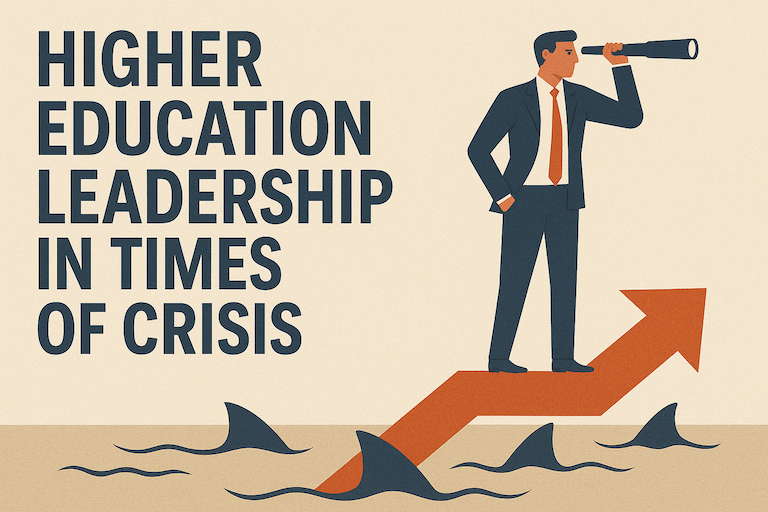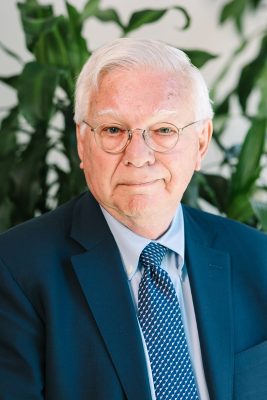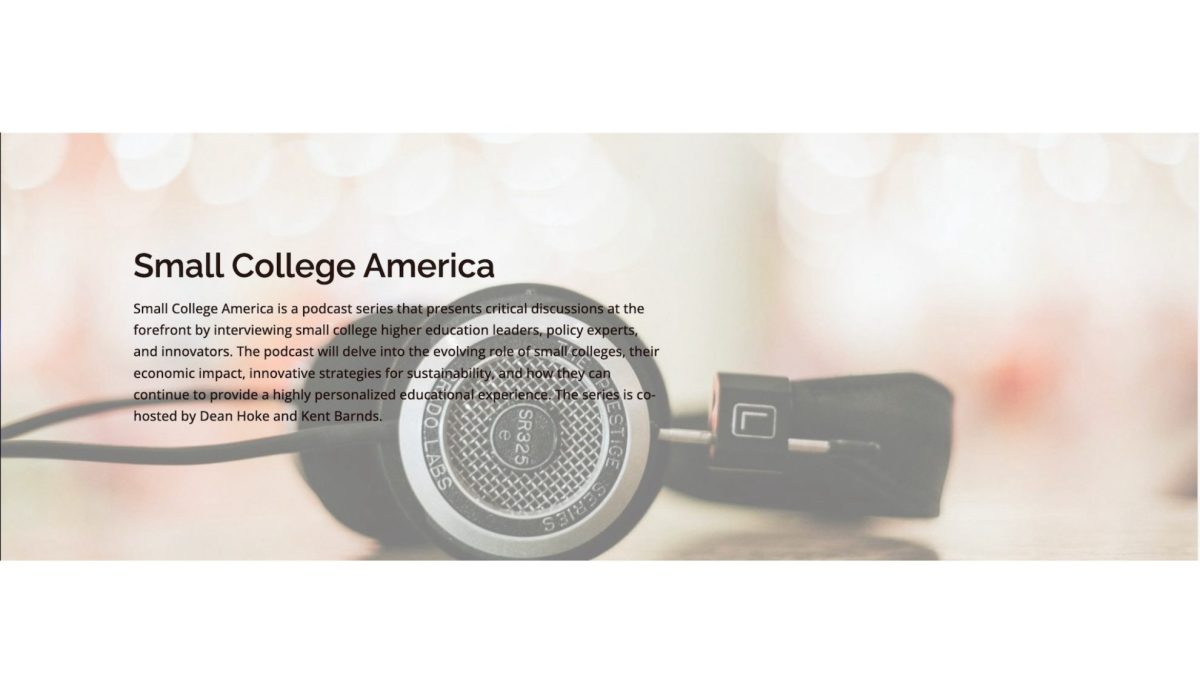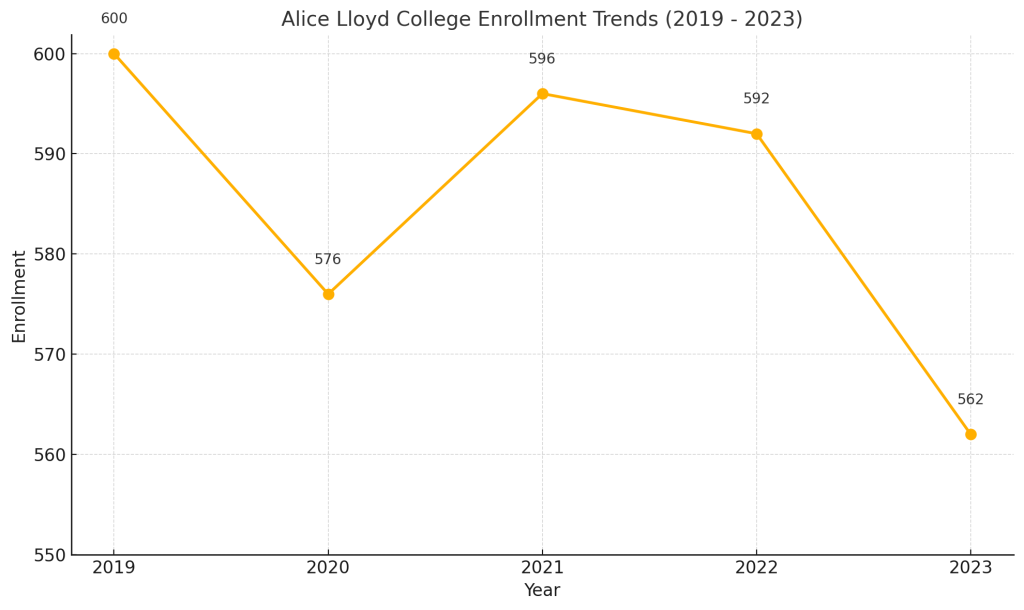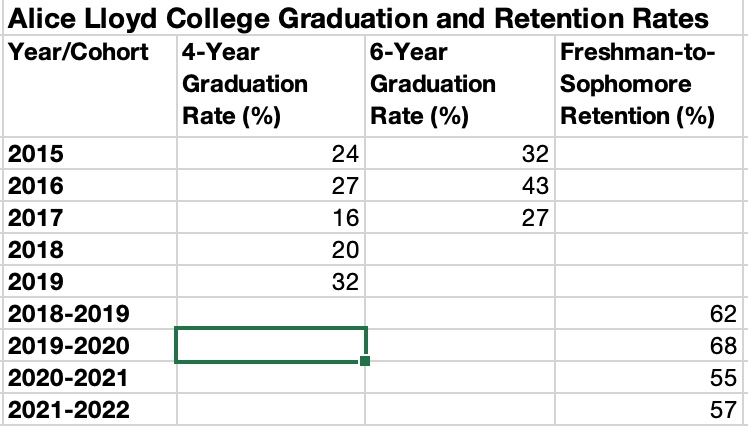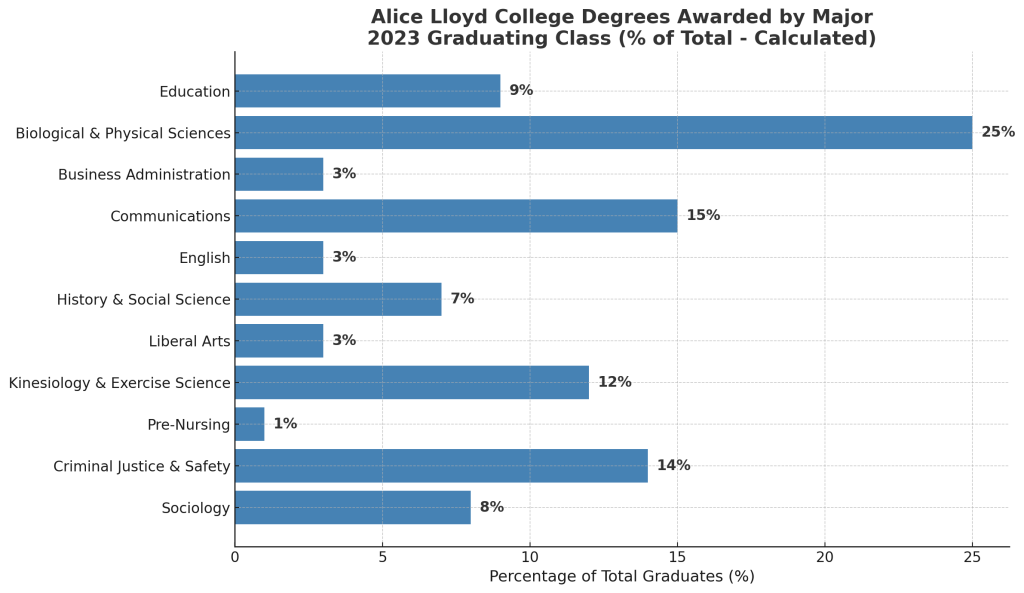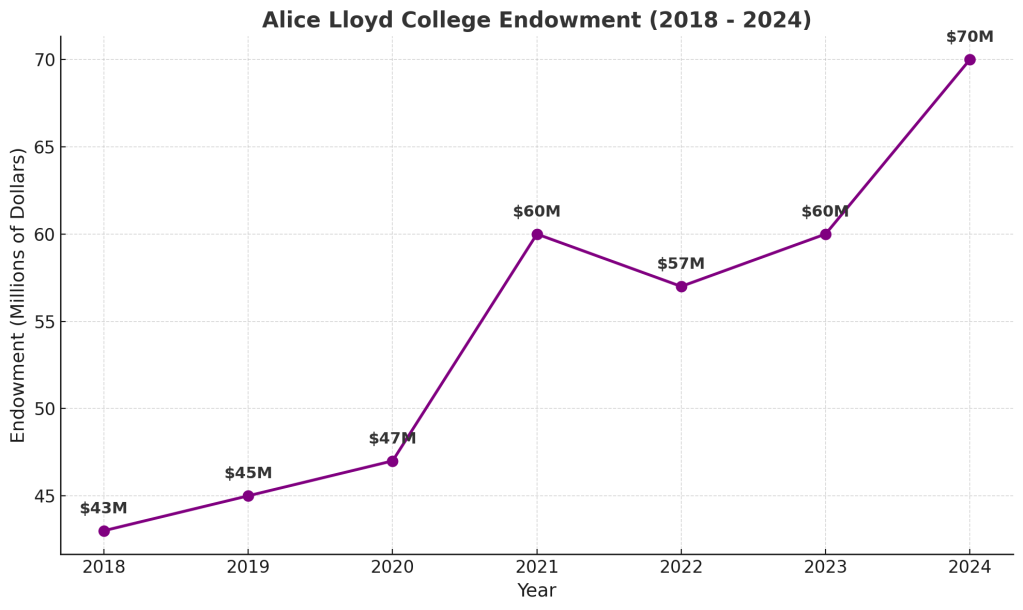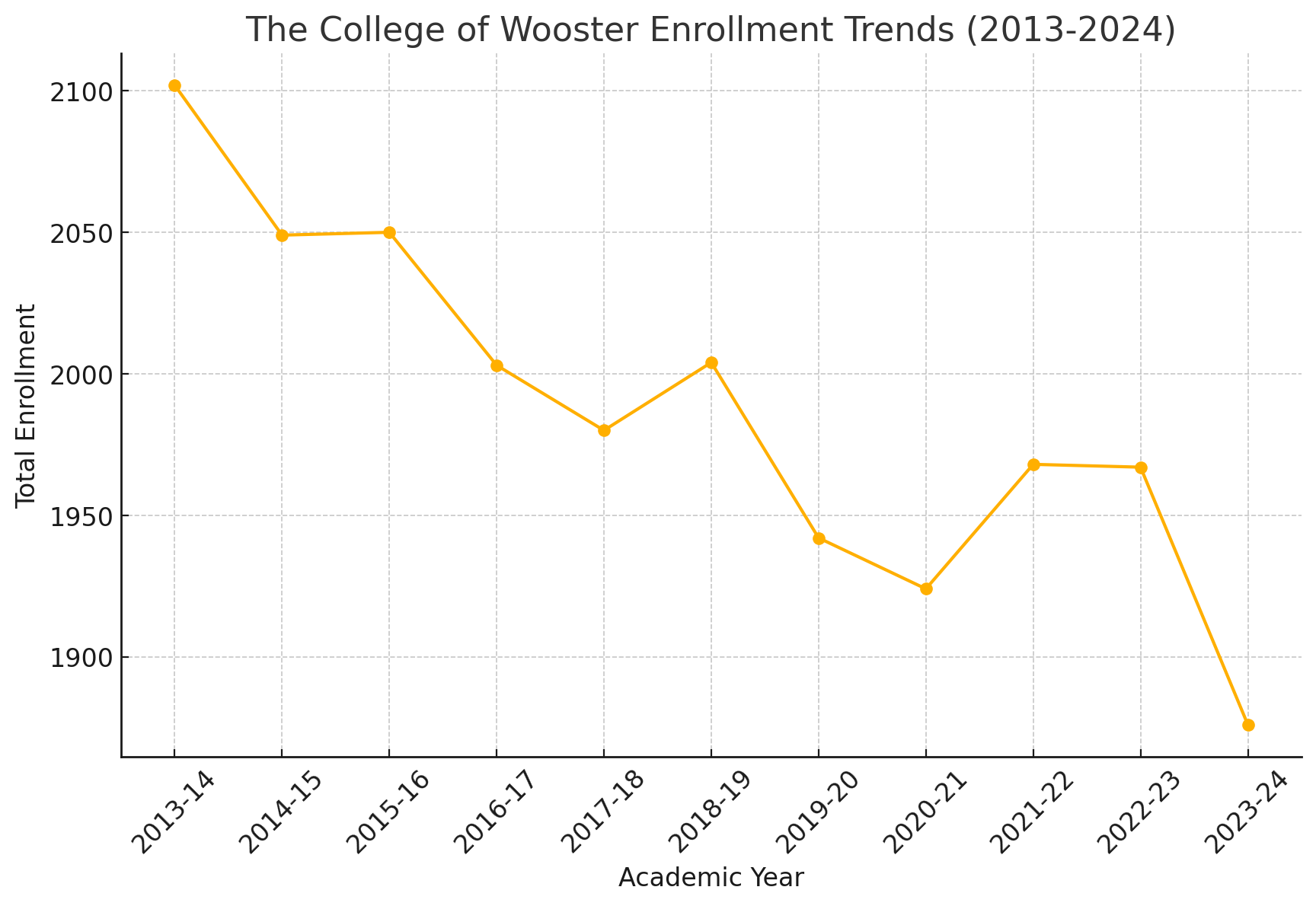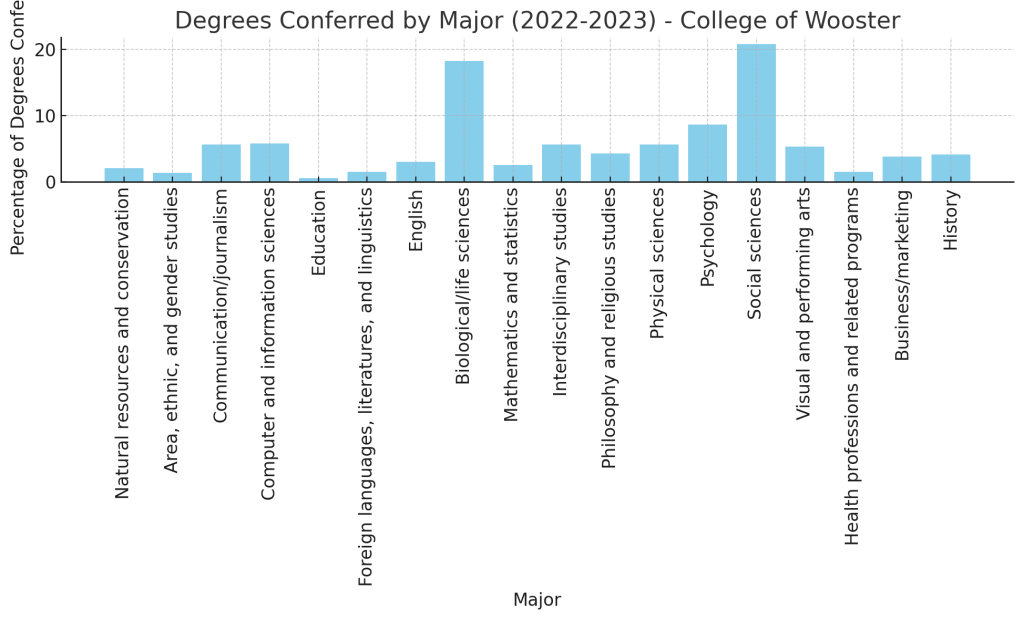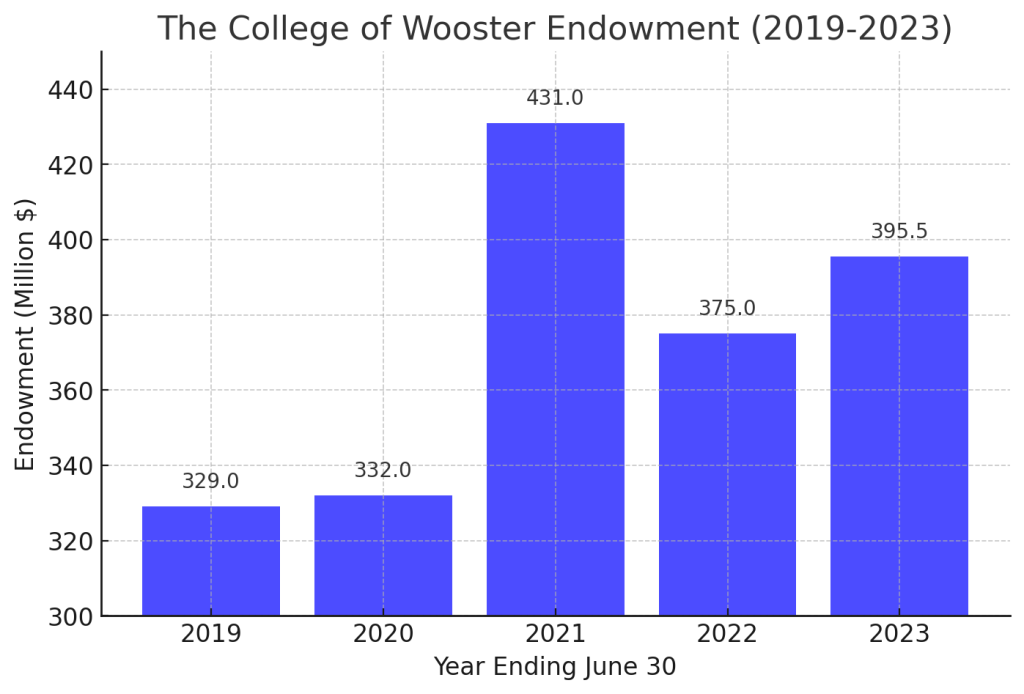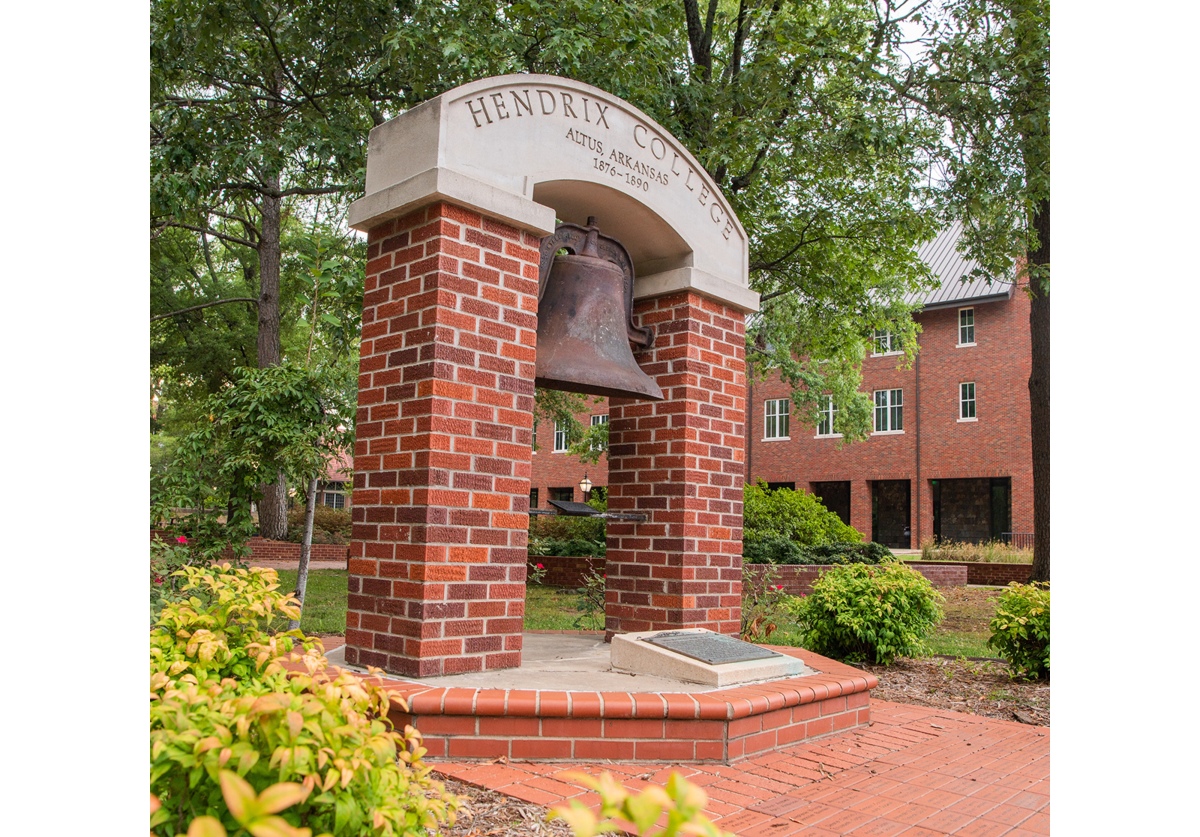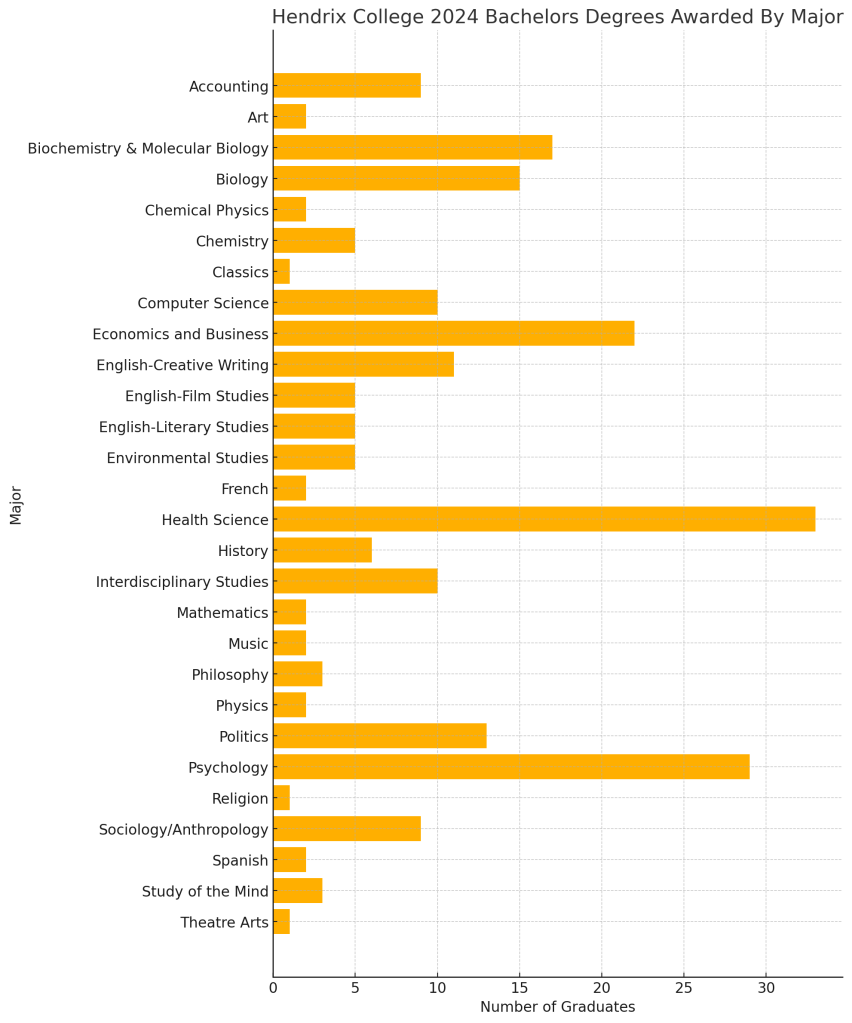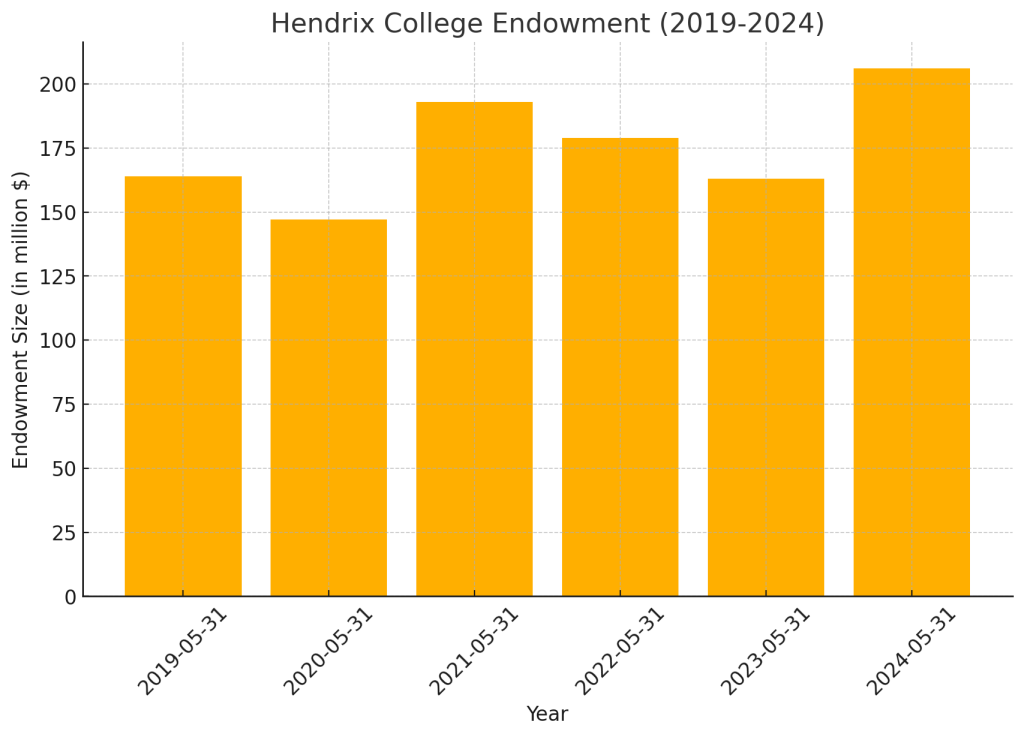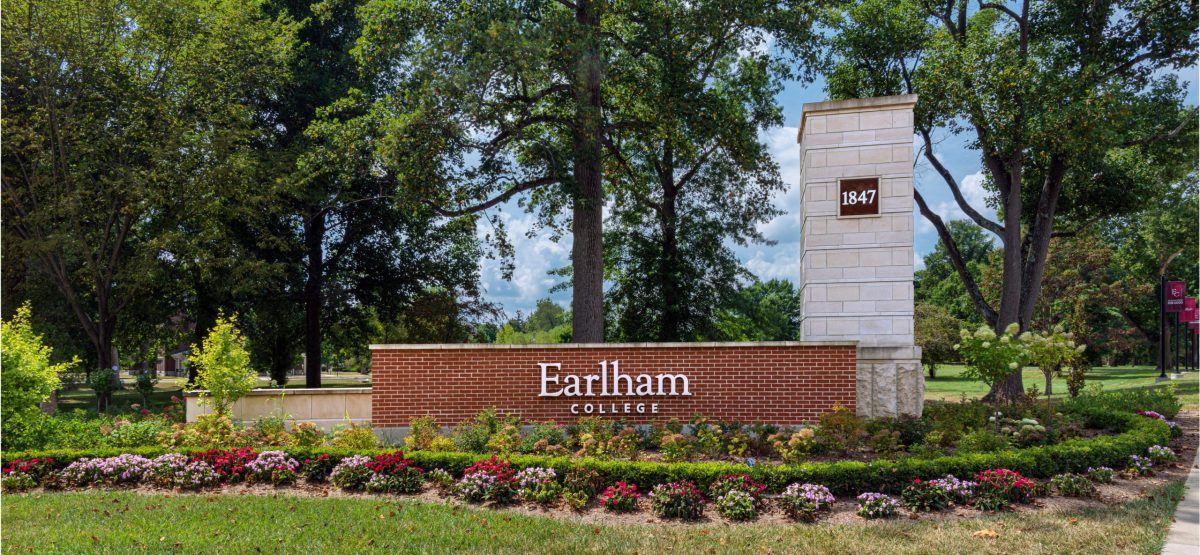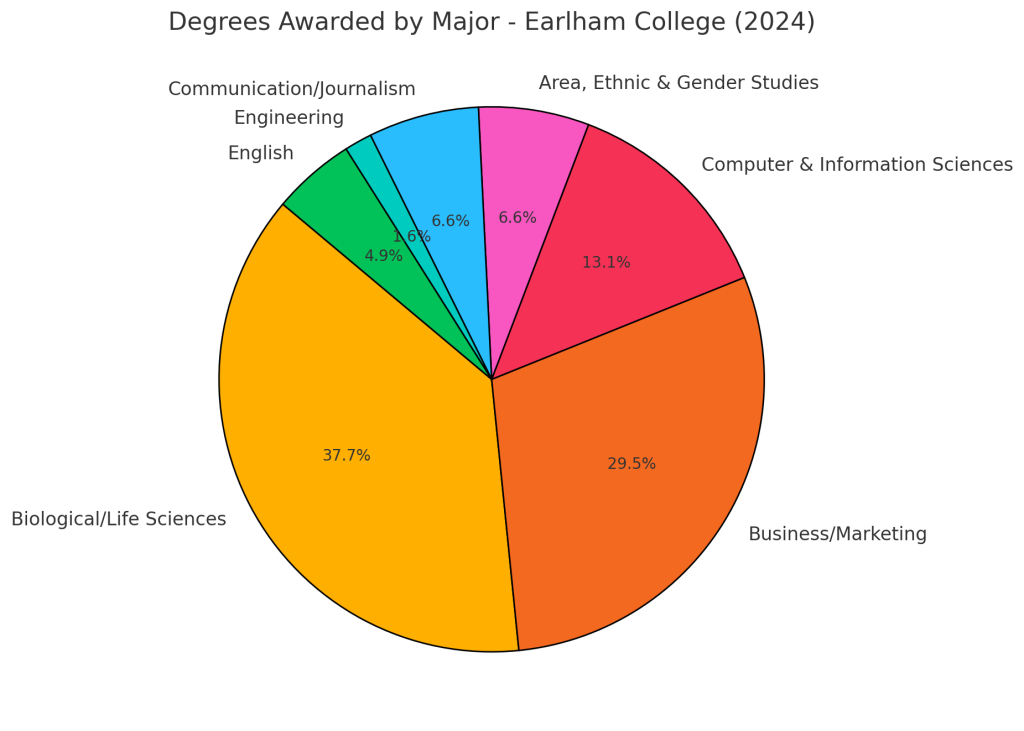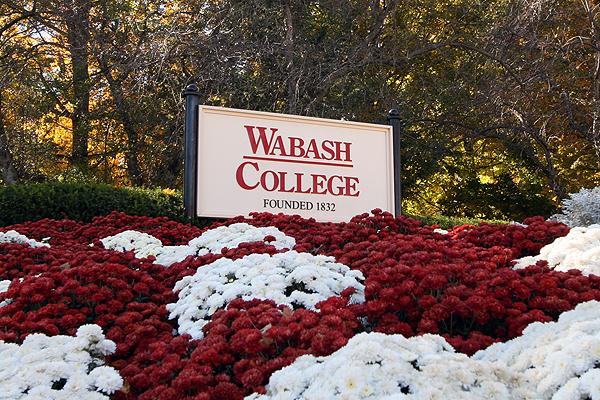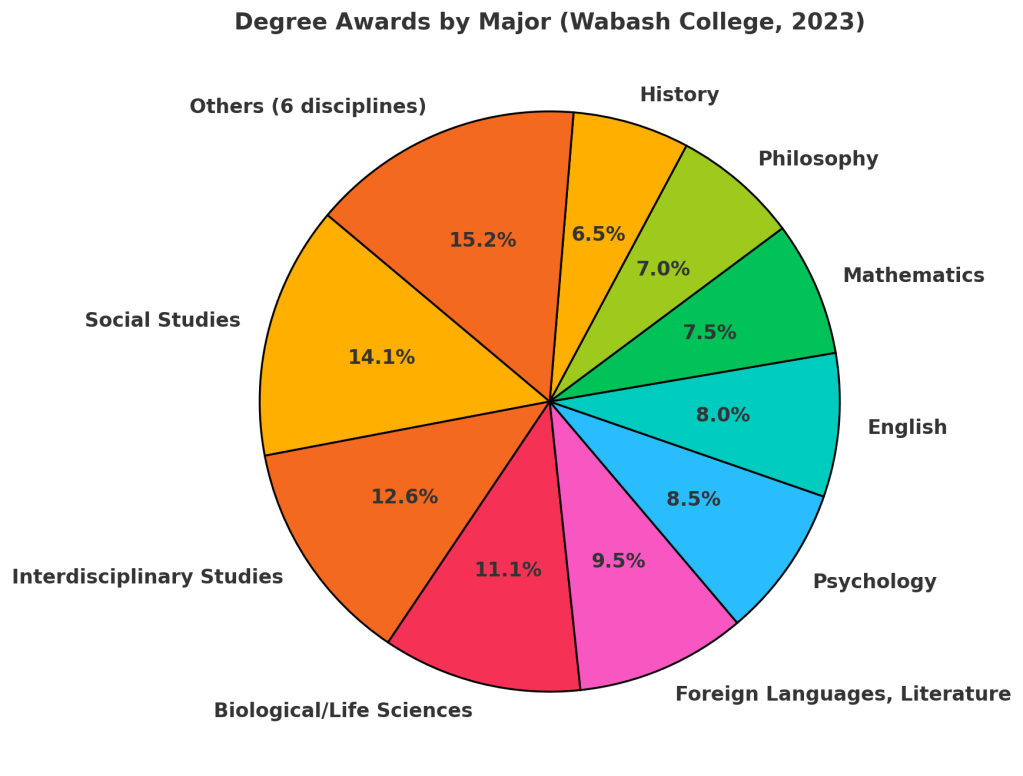Opinion Piece by Dean Hoke — Small College America and Senior Fellow, The Sagamore Institute
A Personal Concern About the Future of Public Education
It’s impossible to ignore the rising level of criticism directed at our nation’s public schools. On cable news, social media channels, political stages, and in school board meetings, teachers and administrators have become easy targets. Public schools are accused of being ineffective, mismanaged, outdated, or, in some corners, ideologically dangerous. Some commentators openly champion the idea of a fully privatized K–12 system, sidelining the public institutions that have educated the vast majority of Americans for generations.
For those of us who have spent our lives in and around education, this rhetoric feels deeply personal. Public schools aren’t an abstraction. They are the places where many of us began our education, where our children discovered their strengths, where immigrants found belonging, where students with disabilities received support, and where caring adults changed the trajectory of young lives.
Behind every one of those moments stood a teacher.
Amid this turbulence, there is one group of institutions still quietly doing the hard work of preparing teachers: small private nonprofit colleges.
Small Private Colleges: An Overlooked Cornerstone of Teacher Preparation
Despite the noise surrounding public education, small private colleges remain committed to the one resource every school depends on: well-prepared, community-rooted teachers.
They rarely make national headlines. They don’t enroll tens of thousands of students. But they are woven into the civic and human infrastructure of their regions—especially in the Midwest, South, and rural America.
This reality became even clearer during a recent episode of Small College America, in which I interviewed Dr. Michael Scarlett, Professor of Education at Augustana College. His insights provide an insider’s view into the challenges—and the opportunities—facing teacher preparation today. Note to hear the entire interview click here https://smallcollegeamerica.transistor.fm/28
I. The Teacher Shortage: A Structural Crisis
Much has been written about the teacher shortage, but too often the conversation focuses on symptoms rather than causes. Here are the forces shaping the crisis.
1. Young people are turning away from teaching
Data from the ACT show that only 4% of students express interest in becoming teachers—down from 11% in the late 1990s. Bachelor’s degrees in education have fallen nearly 50% since the 1970s. Surveys show that fewer than 1 in 5 adults would recommend teaching as a career.
The message is clear: Teaching is meaningful, but many no longer see it as sustainable.
As Dr. Scarlett told us: “The pipeline simply is not as wide as it needs to be.”
Recent data offers a glimmer of hope: teacher preparation enrollment grew 12% nationally between 2018 and 2022. However, this modest rebound is almost entirely driven by alternative certification programs, which increased enrollment by 20%, while traditional college-based programs grew by only 4%. This disparity underscores a critical concern: the very programs that provide comprehensive, relationship-based preparation—including those at small colleges—are not recovering at the same rate as faster, less intensive alternatives.

2. Burnout and attrition have overtaken new entrants
The pandemic accelerated an already-existing national trend: teachers are leaving faster than new ones are entering.
Reasons include:
- Student behavior challenges
- Standardized testing pressure
- Emotional fatigue
- Inequities across districts
- Lack of respect
- Political and social media hostility
As Scarlett notes, these realities weigh heavily on early-career teachers: “What new teachers face today goes far beyond content knowledge. They face inequities, discipline issues, emotional exhaustion… and they’re expected to do it all.”
3. Alternative certification can’t fill the gap
Alternative routes help—but they cannot replace the traditional college-based pipeline. Many alt-cert teachers receive less pedagogical training and leave sooner.
Scarlett captures the trend: “Teaching has always attracted people later in life… we’ve definitely seen an uptick.”
And while alternative routes have seen growth in recent years—increasing 20% between 2018 and 2021—this expansion has not translated into solving the shortage. As of 2025, approximately 1 in 8 teaching positions nationwide remains either unfilled or filled by teachers not fully certified for their assignments. The shortcut approach cannot substitute for comprehensive preparation.
“The national teacher shortage is real… and retention is just as big a challenge as recruitment.” — Dr. Michael Scarlett
II. The Quiet Backbone: How Small Private Colleges Sustain the Teacher Workforce
Small private colleges graduate fewer teachers than large public institutions, but their impact is disproportionately large—especially in rural and suburban America.
1. They prepare the teachers who stay
About 786 private nonprofit colleges offer undergraduate education degrees—representing roughly 20% of all teacher preparation institutions in the United States. Together, they produce approximately 25,119 graduates per year, an average of 32 per institution.

These numbers may seem modest, but these graduates disproportionately:
- Student-teach locally
- Earn licensure in their home state
- Take jobs within 30 miles of campus
- Stay in the profession longer
Public schools desperately need these ‘homegrown’ teachers who understand the communities they serve.
2. Small colleges excel at the one thing teaching requires most: mentoring
Teacher preparation is not transactional. It is relational. And this is where private colleges excel. Scarlett put it plainly: “Close relationships with our students, small classes, a lot of direct supervision… we nurture them throughout the program.” In a profession that relies heavily on modeling and mentorship, this matters enormously.
3. Faculty—not adjuncts—supervise student teachers
One of the most striking differences: “Full professors… working with the students in the classrooms and out in field experiences. Other institutions outsource that.”
This is not a trivial distinction. Faculty supervision affects:
- Preparedness
- Confidence
- Classroom management
- Retention
Where larger institutions rely on external supervisors, small colleges invest the time and human capital to do it right.
4. They serve the regions hit hardest by shortages
Rural districts have the highest percentage of unfilled teaching positions. Many rural counties rely almost exclusively on a nearby private college to produce elementary teachers, special education teachers, and early childhood educators.
When a small college stops offering education degrees, it often leaves entire counties without a sustainable teacher pipeline.
5. They diversify the educator workforce
Small colleges—especially faith-based, minority-serving, or mission-driven institutions—often enroll first-generation students, students of color, adult career-changers, and bilingual students. These educators disproportionately fill shortage fields.
“What we have here is special… students understand the value of a small college experience.” — Dr. Michael Scarlett
III. Should Small Colleges Keep Offering Education Degrees? The Economic Question
Let’s be direct: Teacher preparation is not a high-margin program.
Costs include:
- Intensive field supervision
- CAEP or state accreditation
- High-touch advising
- Small cohort sizes
Education majors also often have lower net tuition revenue compared to business or STEM.
So why should a small college continue offering a program that is expensive and not highly profitable?
Because the alternative is far worse—for the institution and for the region it serves.
1. Cutting teacher-prep weakens a college’s identity and mission
Many private colleges were founded to prepare teachers. Teacher education is often central to institutional mission, community trust, donor expectations, and alumni identity.
Removing education programs sends the message that the college is stepping away from public service.
2. Teacher-prep strengthens community partnerships
Education programs open doors to:
- District partnerships
- Dual-credit pipelines
- Grow Your Own initiatives
- Nonprofit and state grants
- Alumni involvement
These relationships benefit the entire institution, not just the education department.
3. Education majors support other academic areas
Teacher-prep indirectly strengthens:
- Psychology
- English
- Sciences
- Social sciences
- Music and arts
When teacher education disappears, these majors often shrink too.
4. The societal mission outweighs the limited revenue
There are moments when institutional decisions must be driven by mission, not margins. Producing teachers is one of them.
5. Addressing concerns about program quality and scale
Some critics question whether small programs can match the resources and diversity of perspectives available at large universities. This is a fair concern—and the answer is that small colleges offer something different, not lesser.
Graduation and licensure pass rates at small private colleges consistently match or exceed those of larger institutions. What smaller programs may lack in scale, they compensate for through personalized mentorship, faculty continuity, and deep community integration. These are not peripheral benefits—they are the very qualities that predict long-term teacher retention.
IV. Why Students Still Choose Teaching—and Why Small Colleges Are Ideal for Them
Despite all the challenges, students who pursue teaching are deeply motivated by purpose.
Scarlett described his own journey: “I wanted to do something important… something that gives back to society.”
Many education majors choose the field because:
- A teacher changed their life
- They want meaningful work
- They value community and service
- They thrive in supportive, intimate learning environments
This makes small colleges the natural home for future teachers.
V. What Small Colleges Can Do to Strengthen Their Programs
Below are the strategies that are working across the country.
1. Build Grow Your Own (GYO) teacher pipelines
Districts increasingly partner to:
- Co-fund tuition
- Support paraeducator-to-teacher pathways
- Provide paid residencies
- Guarantee interviews for graduates
2. Develop dual-credit and “teacher cadet” high school programs
Scarlett sees this as a major reason for hope: “We’re seeing renewed interest in teaching through high school programs… This gives me hope.”
3. Offer specialized certifications (ESL, special ed, early childhood, STEM)
These areas attract students and meet district needs.
4. Create 4+1 BA/M.Ed pathways
Parents and students love the value.
5. Provide flexible programs for career-changers
The rise of adult learners presents a major opportunity for private colleges. “We prepare our students for the world that exists.” — Dr. Michael Scarlett
VI. Why Small Colleges Must Stay in the Teacher-Prep Business
If small private colleges withdraw from teacher preparation, the consequences will be immediate and dramatic:
- Rural and suburban schools will lose their primary source of new teachers.
- Teacher diversity will shrink.
- More underprepared teachers will enter classrooms.
- Districts will become more dependent on high-turnover alternative routes.
- Student learning will suffer.
And the profession will lose something even more important: the human-centered preparation that small colleges provide so well.
- The teacher shortage will not be solved by legislation alone.
- It will not be solved by fast-track certification mills.
- It will not be solved by online mega-universities.
- It will not be solved by market forces.
- It will be solved in the classrooms, hallways, and mentoring relationships of the small colleges that still believe in the promise of teaching.
If we want public schools to remain strong, we must support the institutions that prepare the teachers who keep them alive. Small private colleges aren’t just participants in the teacher pipeline—they are its foundation.
When these colleges thrive, they produce educators who stay, who care, and who transform communities. That’s not just good for education—it’s essential for American democracy.
Dean Hoke is Managing Partner of Edu Alliance Group, a higher education consultancy firm. He formerly served as President/CEO of the American Association of University Administrators (AAUA). Dean has worked with higher education institutions worldwide. With decades of experience in higher education leadership, consulting, and institutional strategy, he brings a wealth of knowledge on colleges’ challenges and opportunities. Dean is the Executive Producer and co-host for the podcast series Small College America and a Senior Fellow at the Sagamore Institute based in Indianapolis, Indiana.



